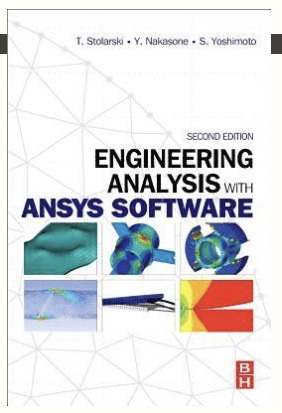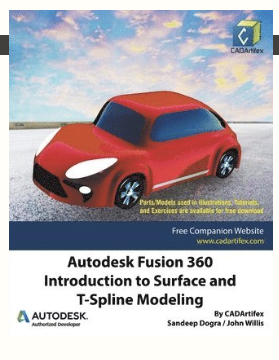“Engineering Analysis with ANSYS Software” is a comprehensive guide to using ANSYS, a popular engineering simulation software, for performing complex analyses in various fields such as aerospace, automotive, civil, and mechanical engineering. The book is written by Y. Nakasone and S. Yoshimoto, two experienced engineers who have extensive knowledge of ANSYS software and its applications.
The book covers various topics related to ANSYS software, including structural mechanics, fluid dynamics, heat transfer, and electromagnetics. It provides step-by-step instructions and detailed examples to help readers understand the software’s functionalities and learn how to use it for solving real-world engineering problems.
One of the book’s strengths is its focus on practical applications of ANSYS software, with many real-world examples and case studies. The authors also provide useful tips and insights based on their own experience, which can be helpful for readers who are new to the software.
Overall, “Engineering Analysis with ANSYS Software” is a valuable resource for engineers, researchers, and students who are interested in using ANSYS software for engineering analysis. Whether you are a beginner or an experienced user, this book can help you enhance your knowledge and skills in using ANSYS for solving complex engineering problems.

